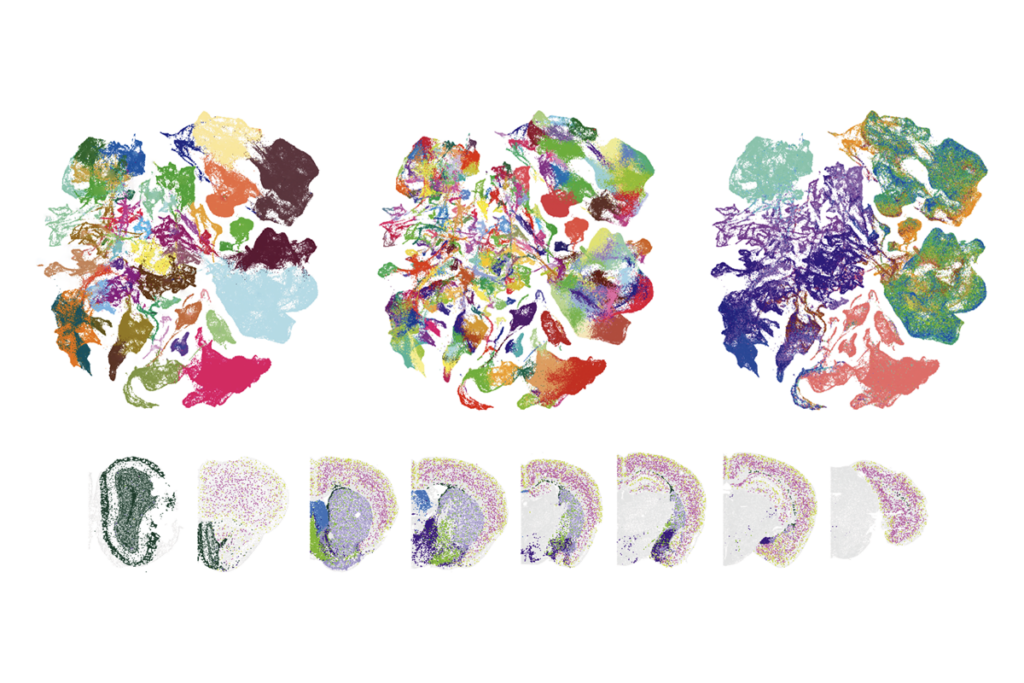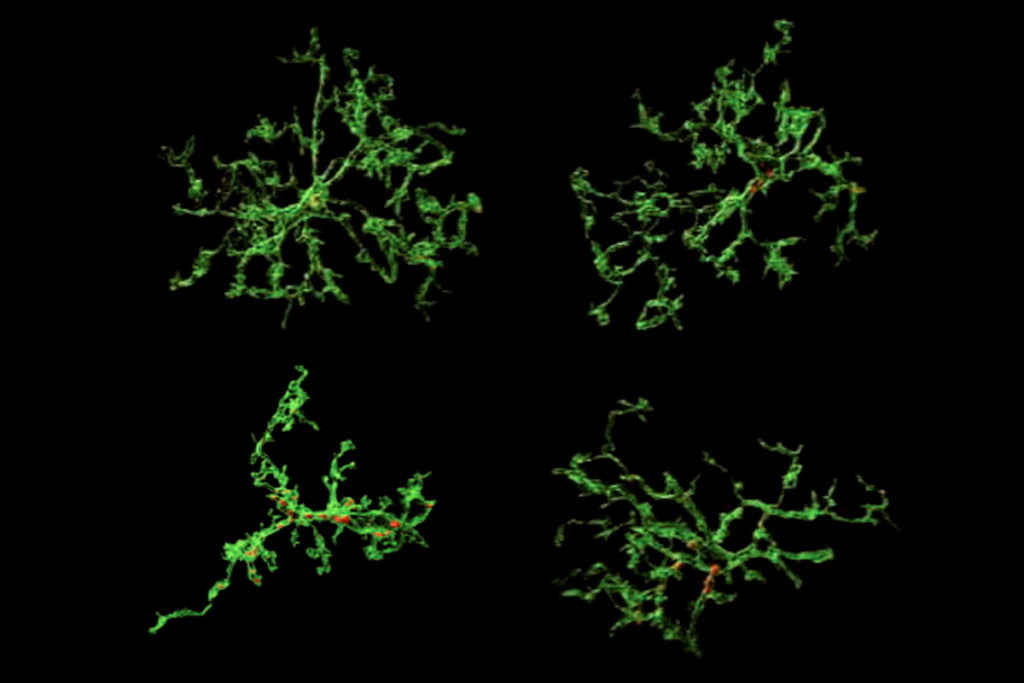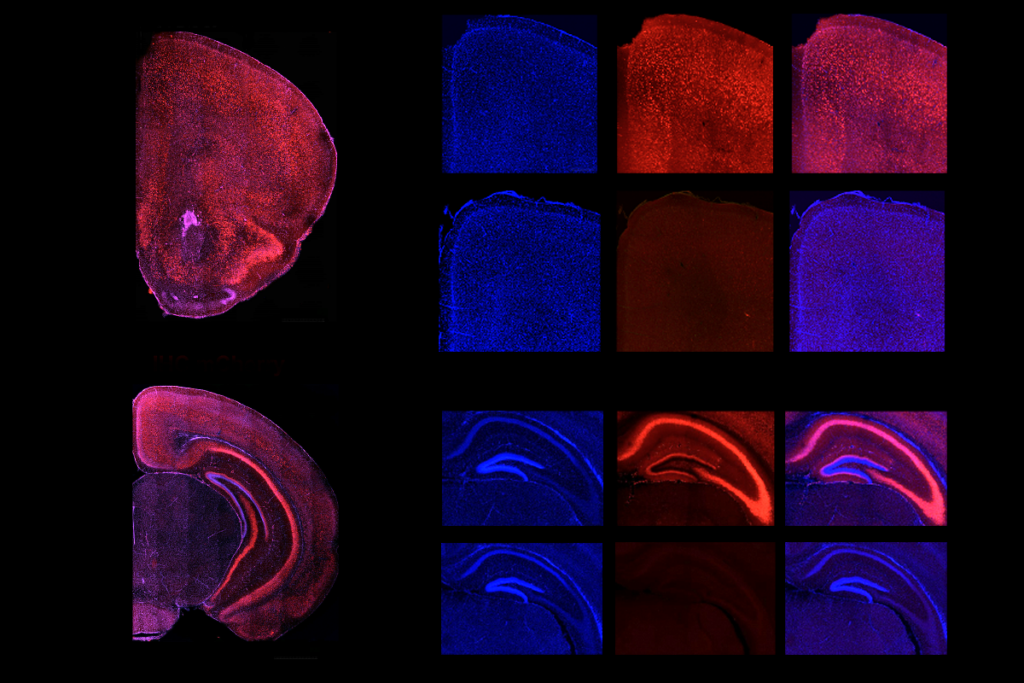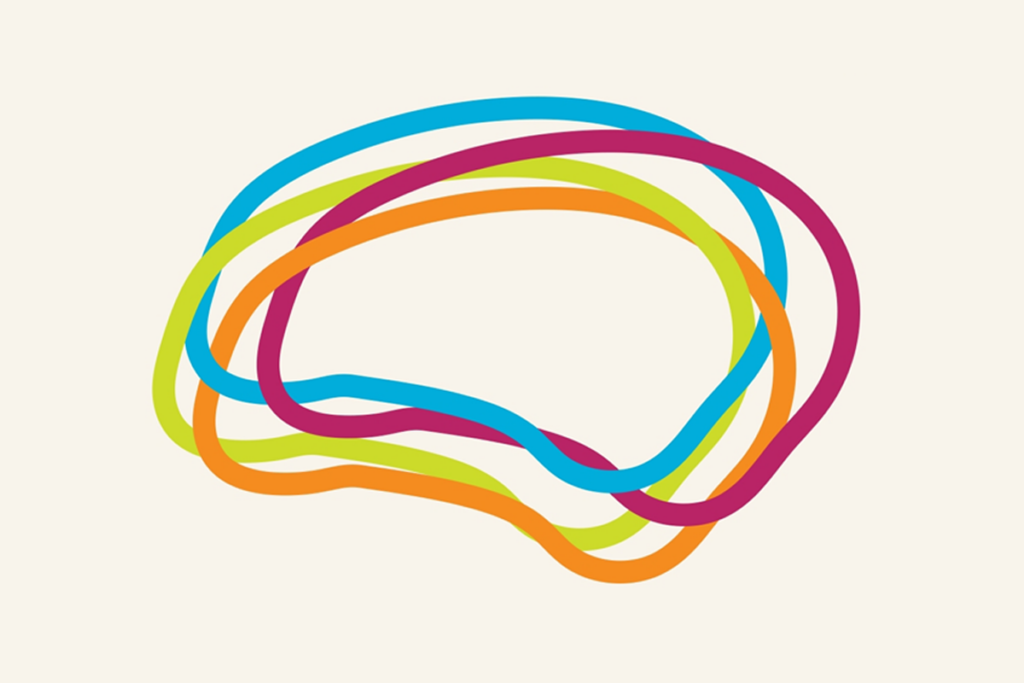Cognition and behavior: No ‘mind blindness’ brain signature
When people with autism consider scenarios that require them to infer others’ thoughts and beliefs, scans show no difference between their brain activation and that of controls, according to a study published 20 September in PLoS One.
When people with autism consider scenarios that require them to infer others’ thoughts and beliefs, scans show no difference between their brain activation and that of controls, according to a study published 20 September in PLoS One1.
The ability to understand others’ beliefs, thoughts and feelings, and to comprehend that they might be different from our own, is called theory of mind. Children with autism show deficits in deficits in theory of mind. Adults with autism generally do well on simple tests of theory of mind, but may have difficulty making finer distinctions.
The new study looked at functional magnetic resonance imaging scans from 31 high-functioning adults with autism and 462 controls, taken as they completeda theory of mind test known as a false-belief task. The brain scans were gathered during several other studies spanning eight years.
Each participant read and listened to a series of different vignettes. Half were ‘false-belief’ scenarios, in which someone in the story held a mistaken belief about something. The other half were ‘false-photo’ scenarios, about a photo, map or other visual representation that was no longer accurate. Interpreting ‘false-belief’ scenarios requires theory of mind, whereas interpreting ‘false-photo’ scenarios does not.
The researchers isolated brain activity patterns that occurred only when people were considering ‘false-belief’ scenarios. They found the two groups show no significant difference in brain activity, even in the temporoparietal junction and parts of the medial prefrontal cortex, brain regions associated with theory of mind.
This suggests that people with autism don’t use a different neural system to complete theory of mind tasks than controls do, the researchers say.
Studies that have found differences in brain activation in people with autism during theory of mind tasks were smaller than the new study, and the scenarios they asked participants to evaluate were subtler, involving irony and moral reasoning rather than simple false beliefs.
References:
1: Dufour N. et al. PLoS One 8, e75468 (2013) PubMed
Recommended reading

Constellation of studies charts brain development, offers ‘dramatic revision’

Functional connectivity links with autism, not ADHD; and more

Ramping up cortical activity in early life sparks autism-like behaviors in mice
Explore more from The Transmitter

‘How to Change a Memory: One Neuroscientist’s Quest to Alter the Past,’ an excerpt
